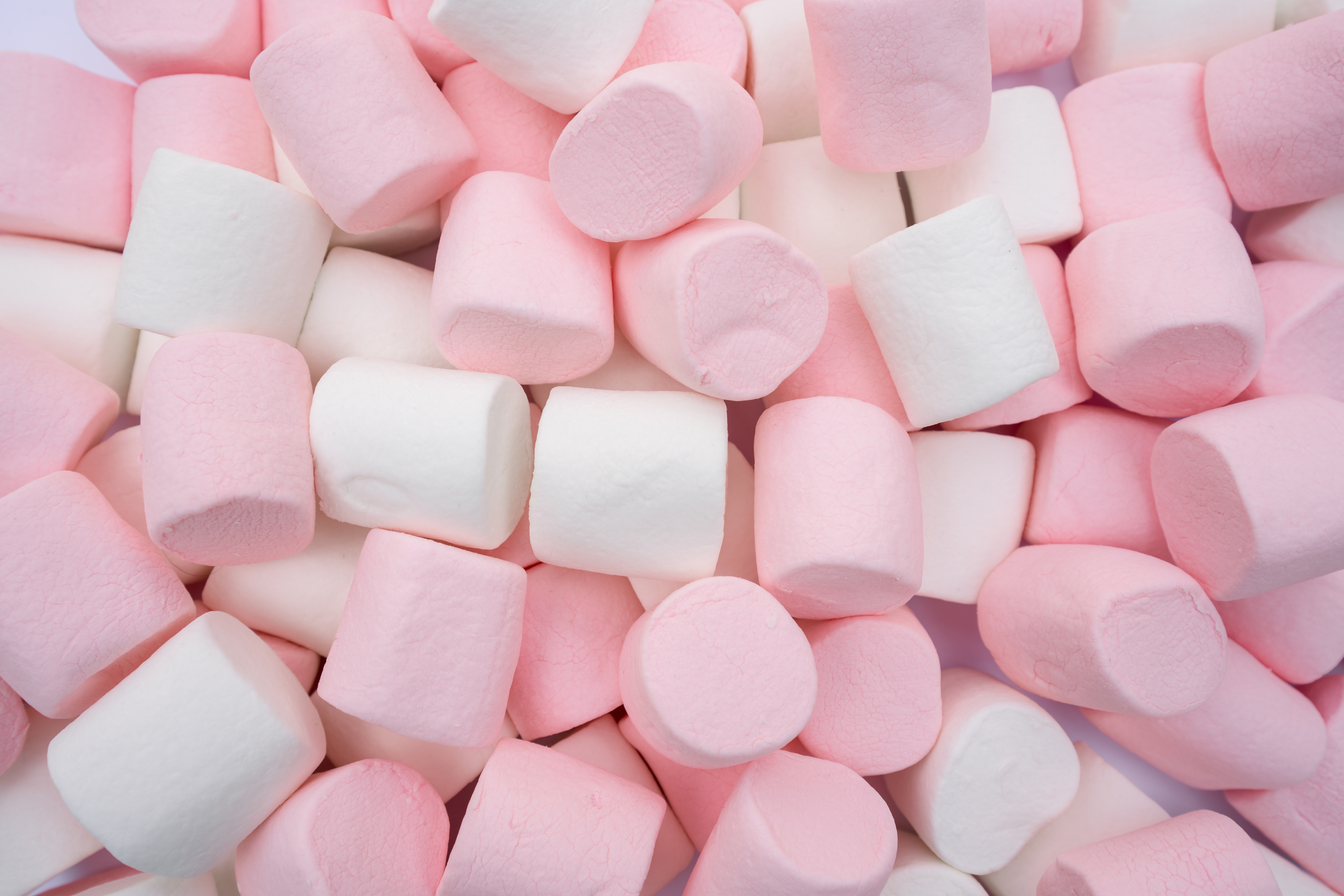Marshmallow is a spongy, sugary, and sticky sweet. Marshmallows are slightly chewy. They come in a variety of sizes. They are usually white or lightly colored. Marshmallows can be found in bakeries, restaurants, and grocery stores. People can also make them at home. Marshmallows are often served with a cup of hot chocolate. They are also popular roasted over an open fire. An American treat called a s’more is made by sandwiching a roasted marshmallow and a piece of chocolate between graham crackers.


The first marshmallows got their spongy texture from a plant called the marsh mallow. The plant is native to Europe, Central Asia, and West Asia. It contains mucilage, a thick, gluelike substance that aids in seed germination and serves as a food source for the plant.
The ancient Greeks, Romans, and Egyptians used the marsh mallow’s roots to treat inflammation, sore throat, and other ailments. The ancient Egyptians made the plant into a sweet by mixing the dried roots with honey. In the mid-1800’s, the French created the marshmallow, which served as both medicinal lozenge and candy. They combined mucilage from the roots of the marsh mallow plant with sugar and eggs. They then whipped the mixture into a chewy paste.
Making marshmallows using marsh mallow root was expensive and took a lot of work. By the end of the 1800’s, the marsh mallow root had been replaced with gelatin, a protein substance that comes from animal skins and bones. Today, marshmallows are often made using gelatin and corn or glucose syrup.
